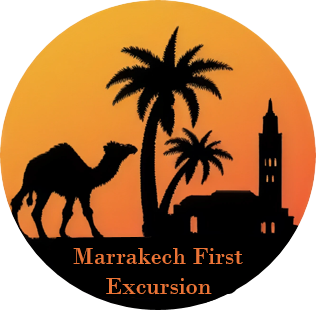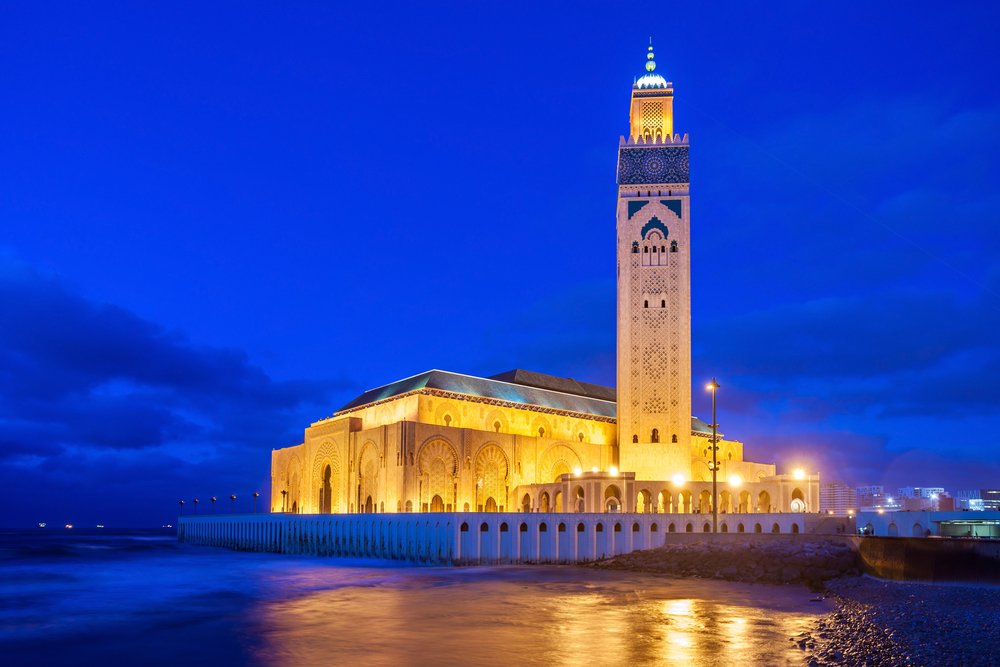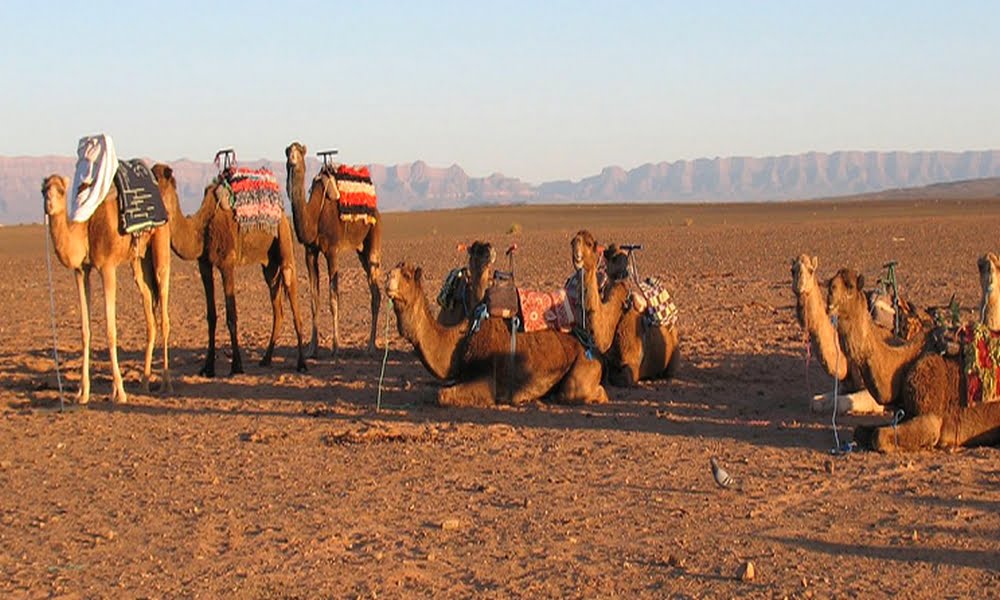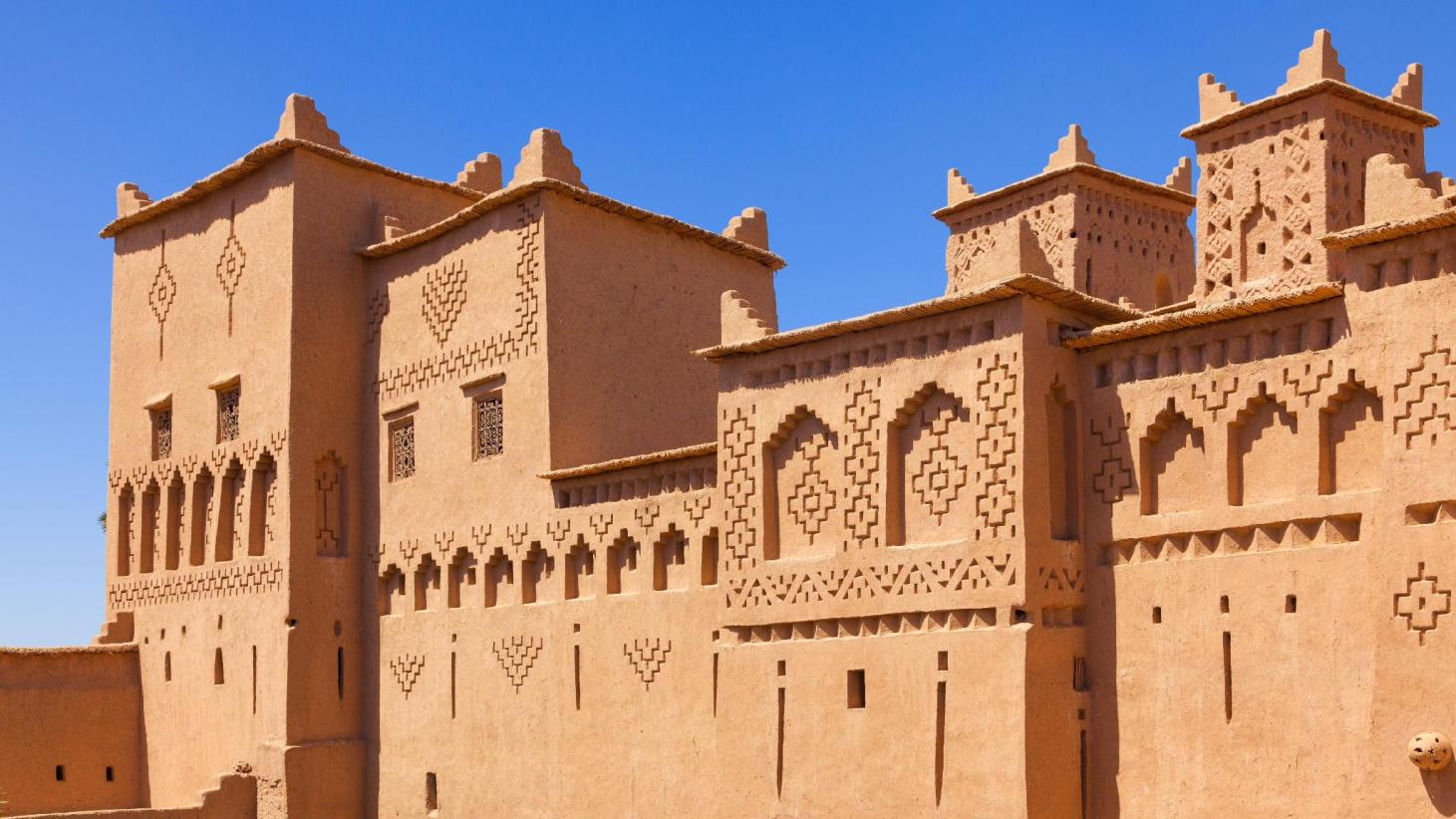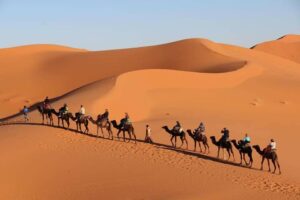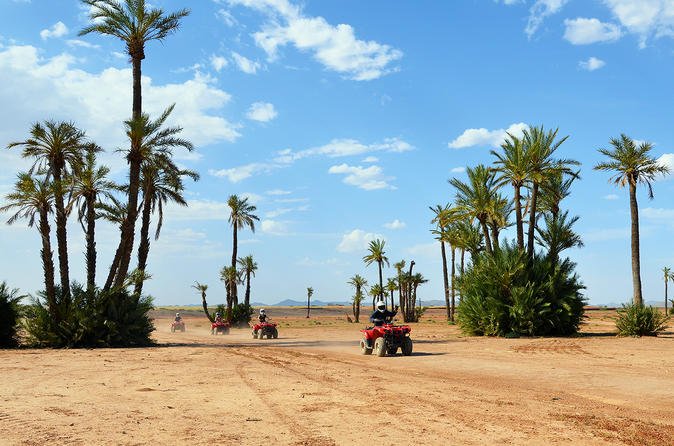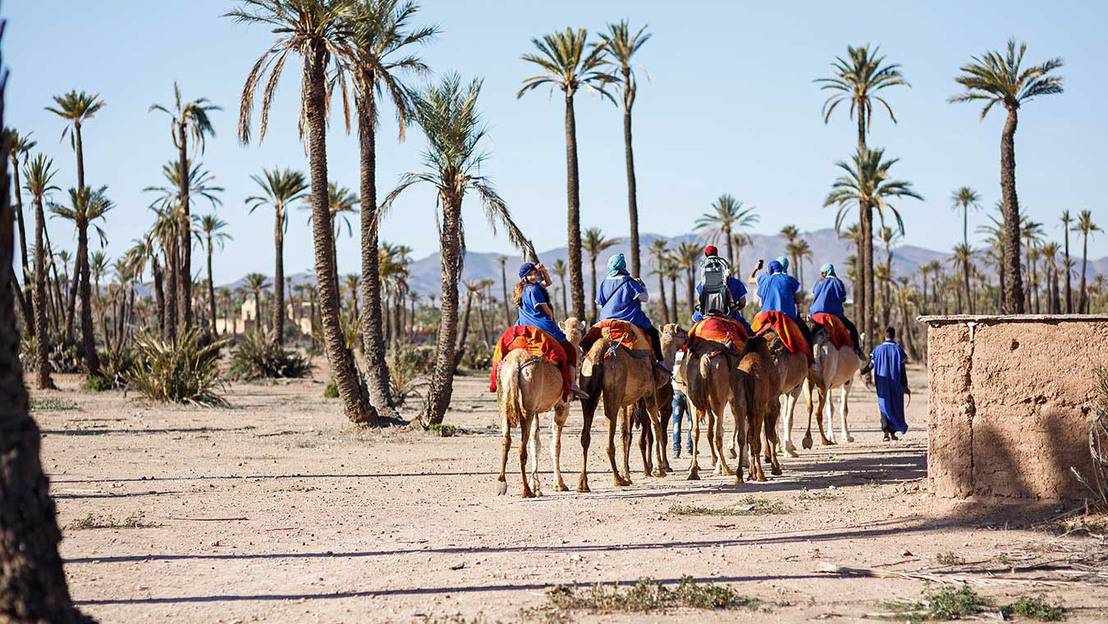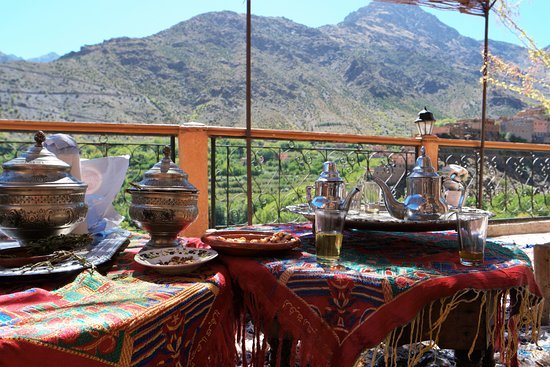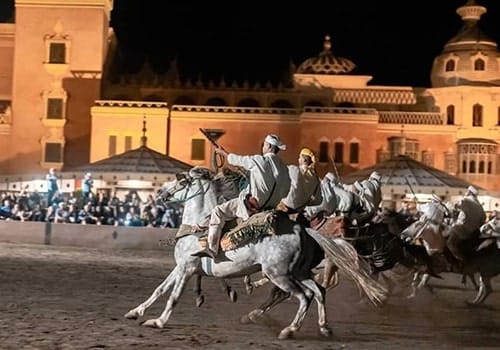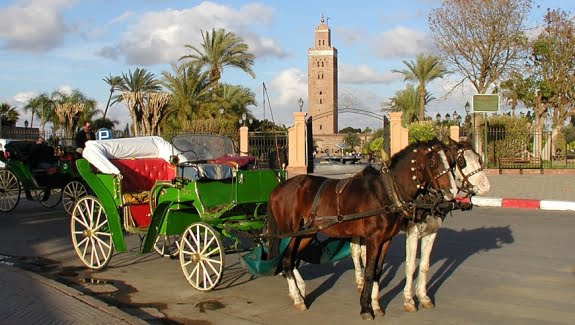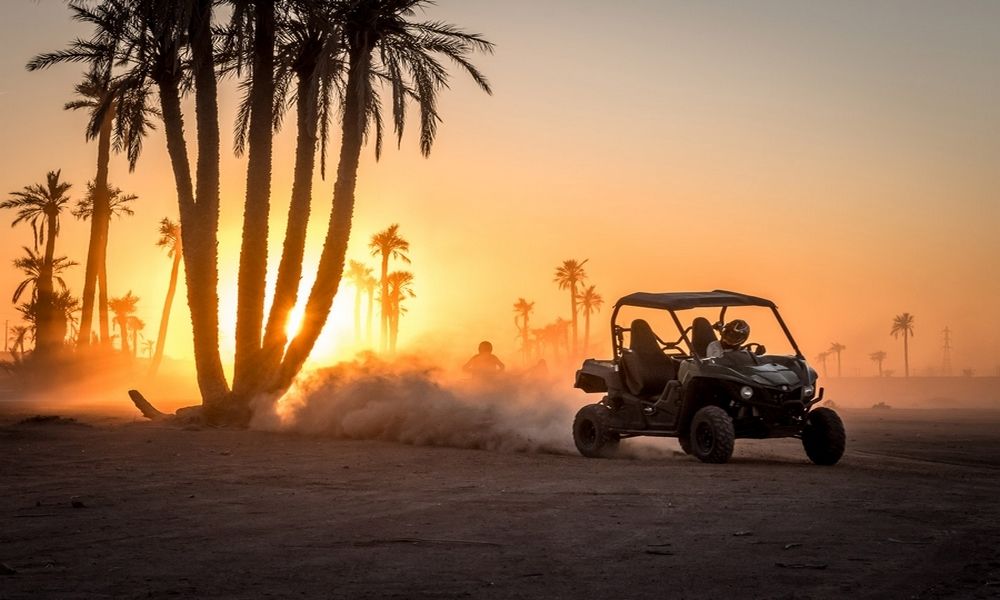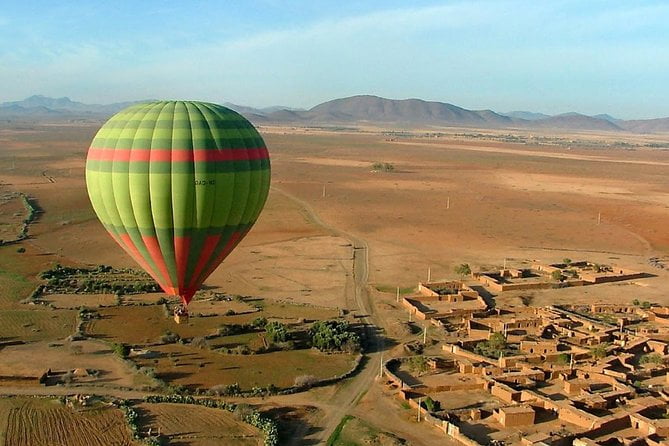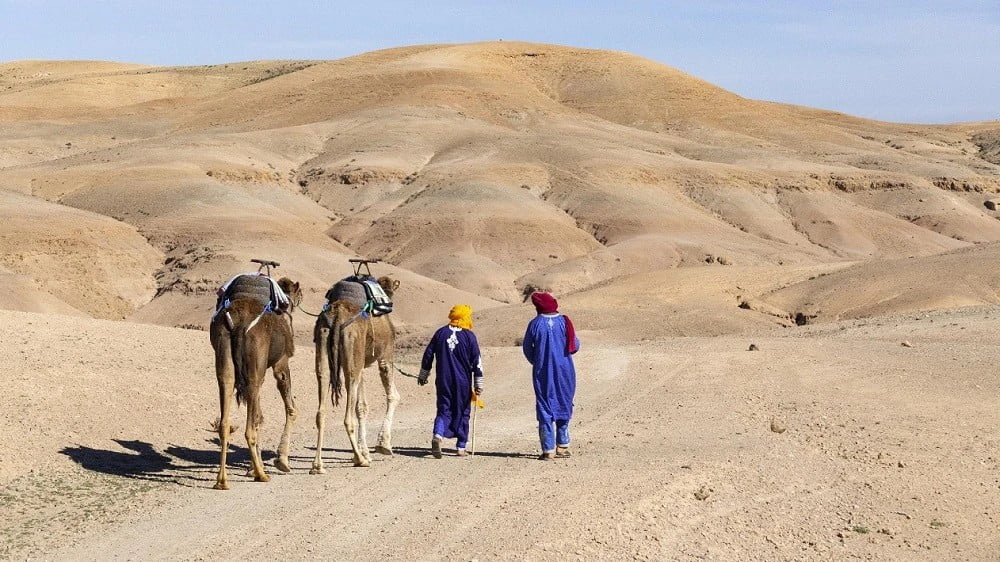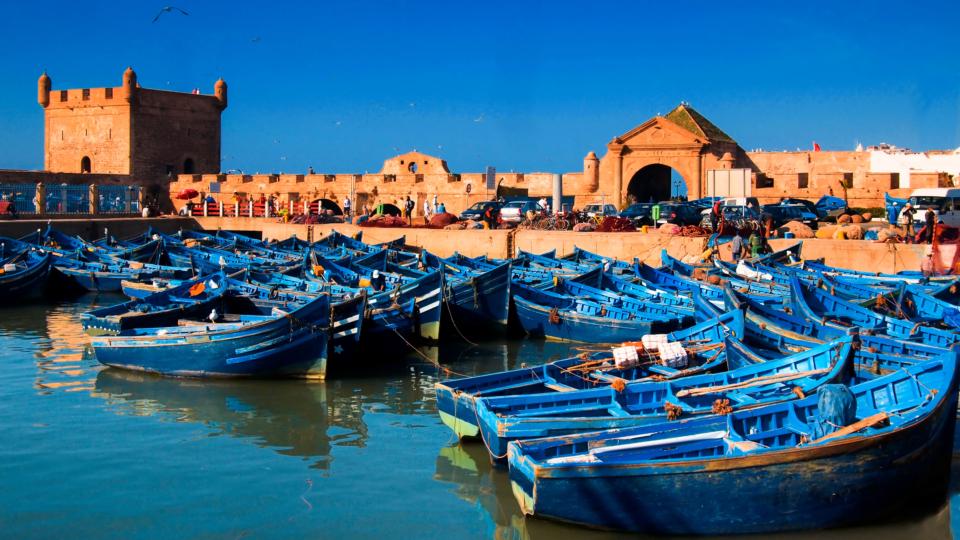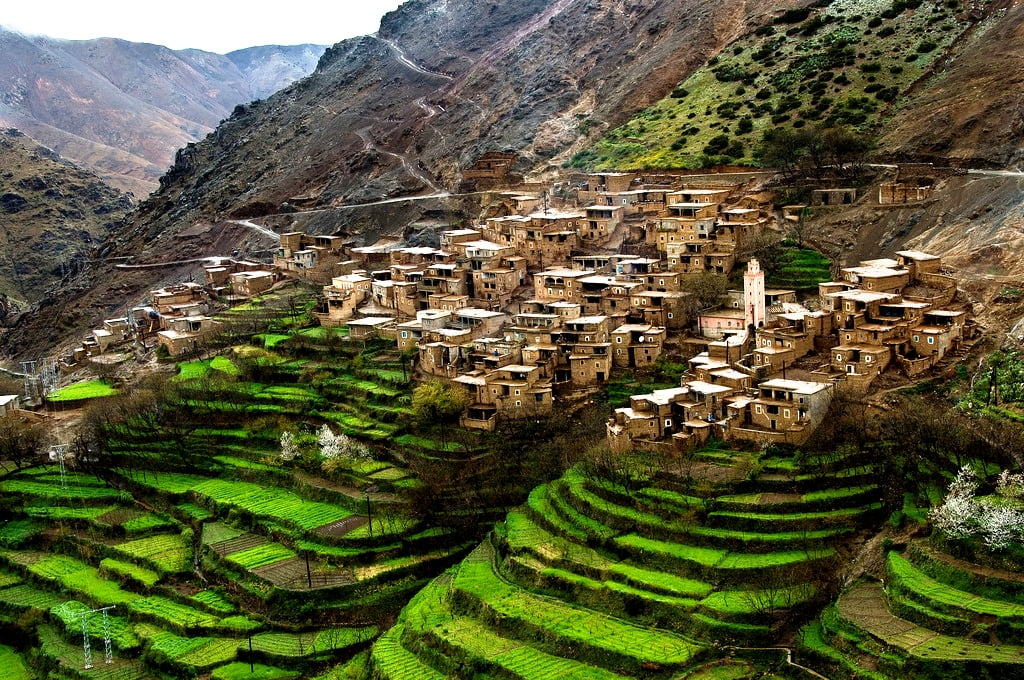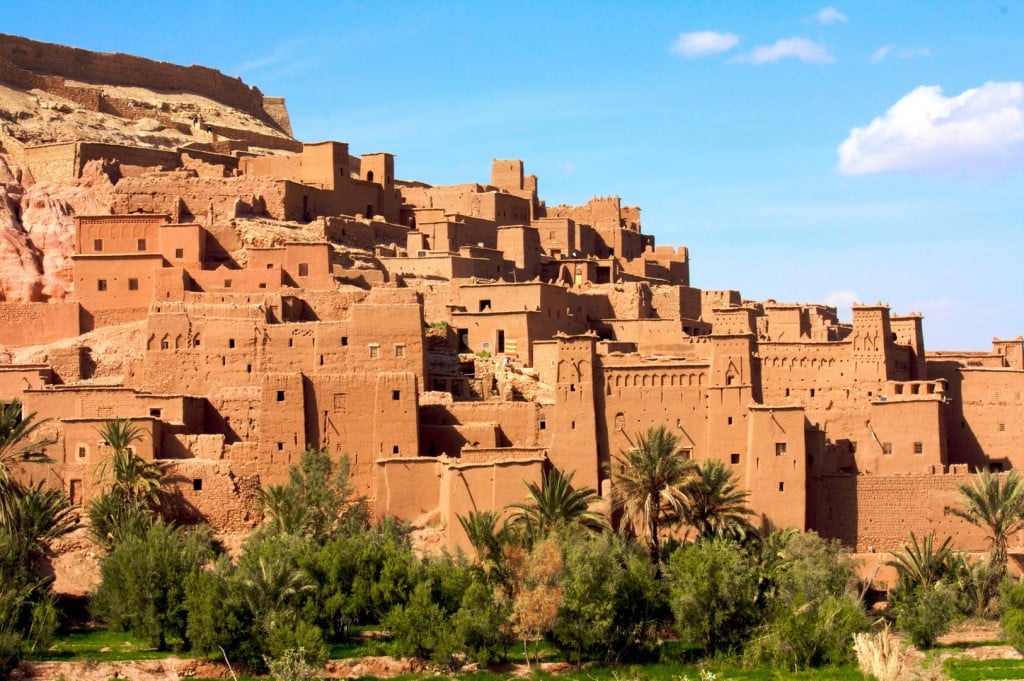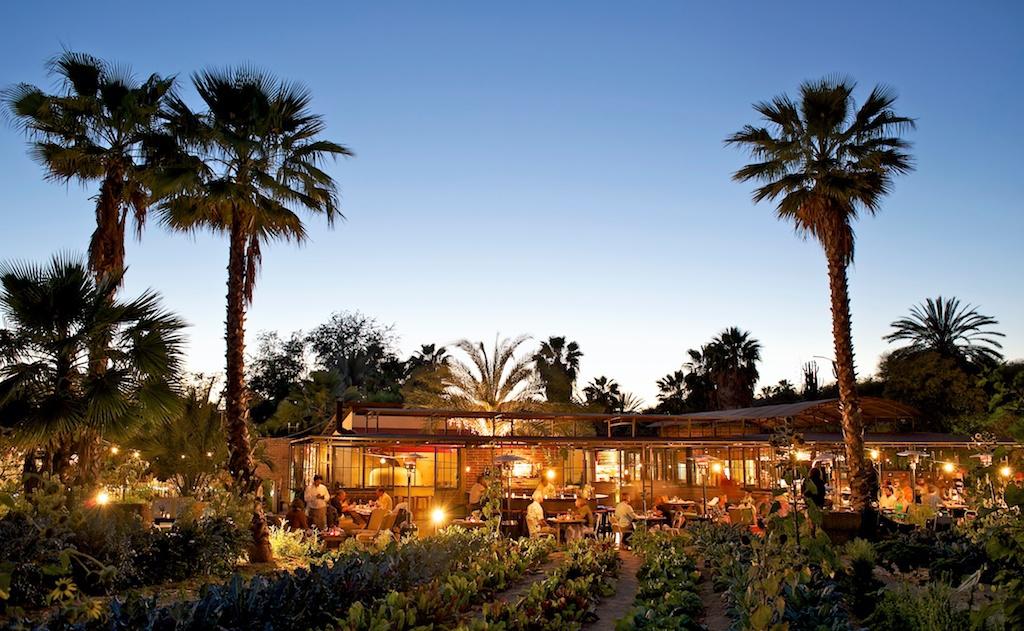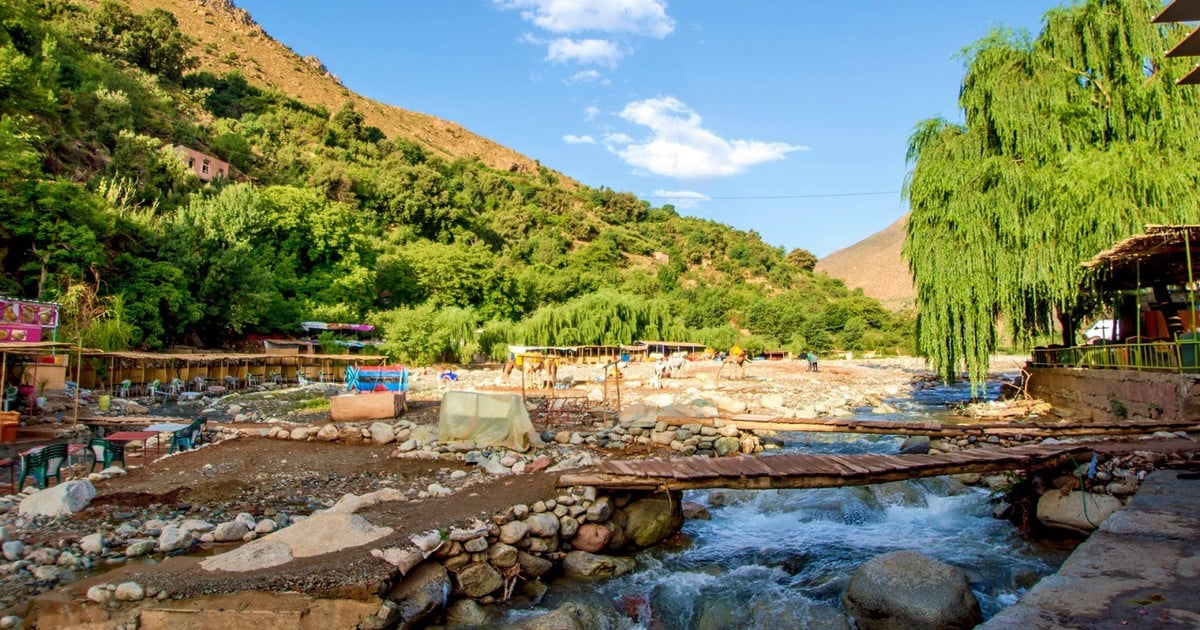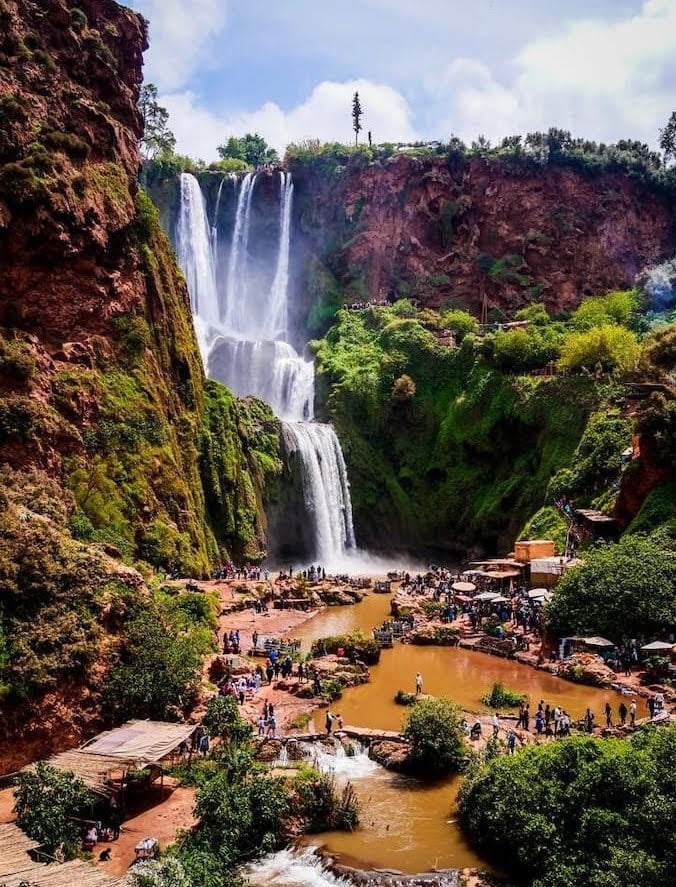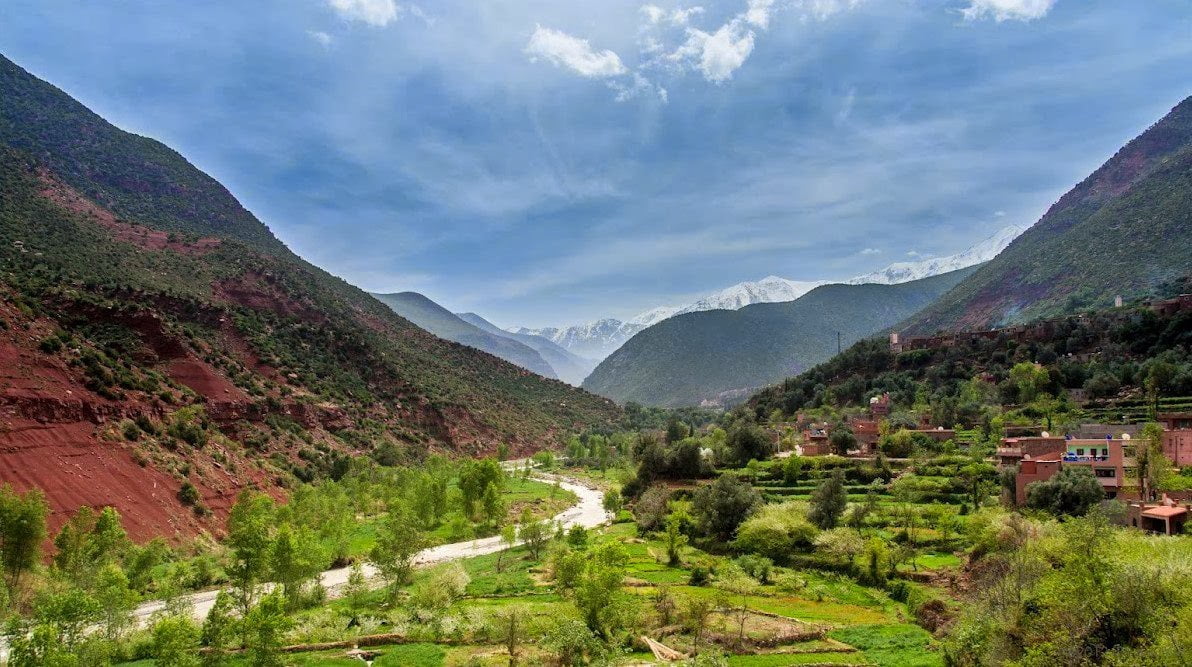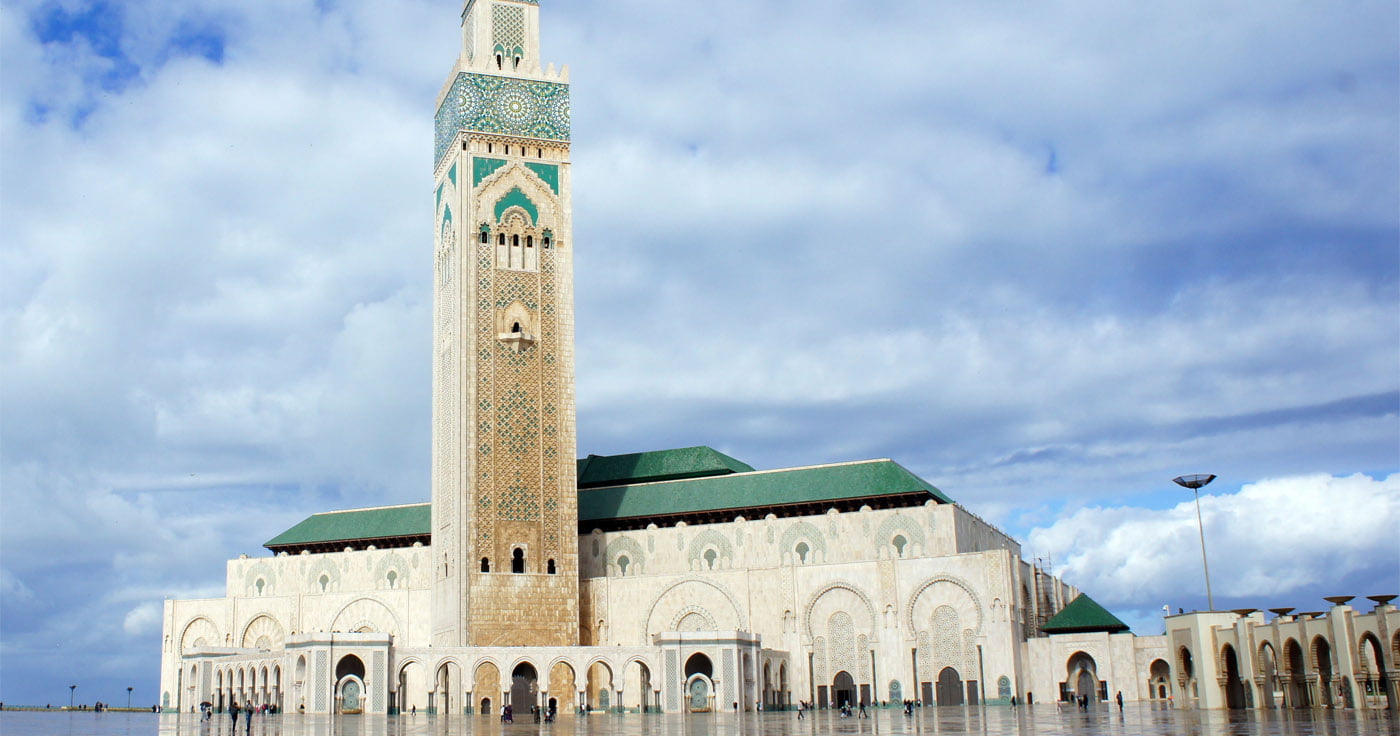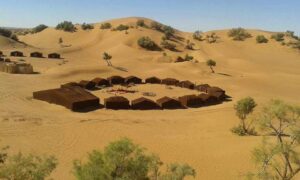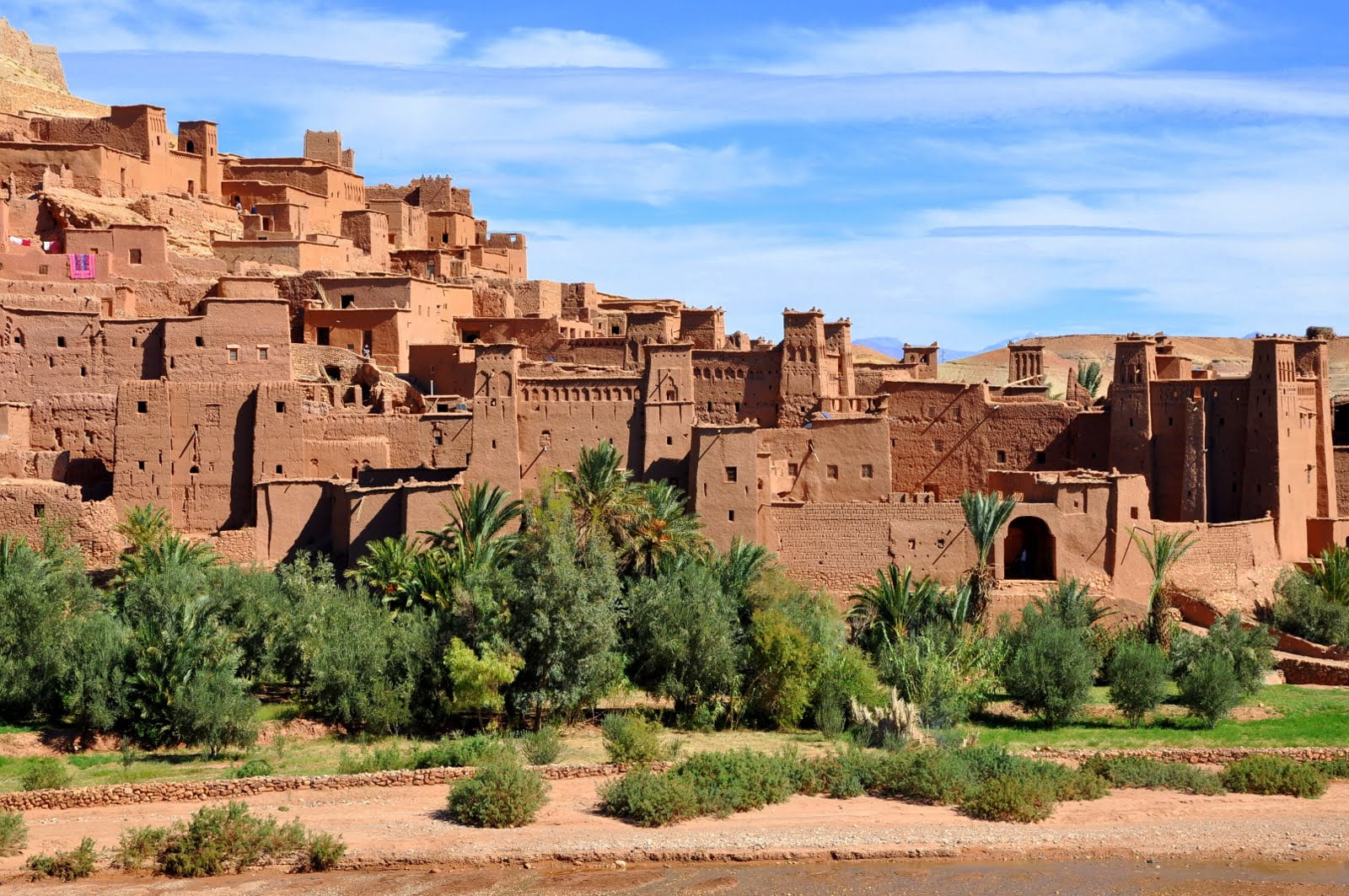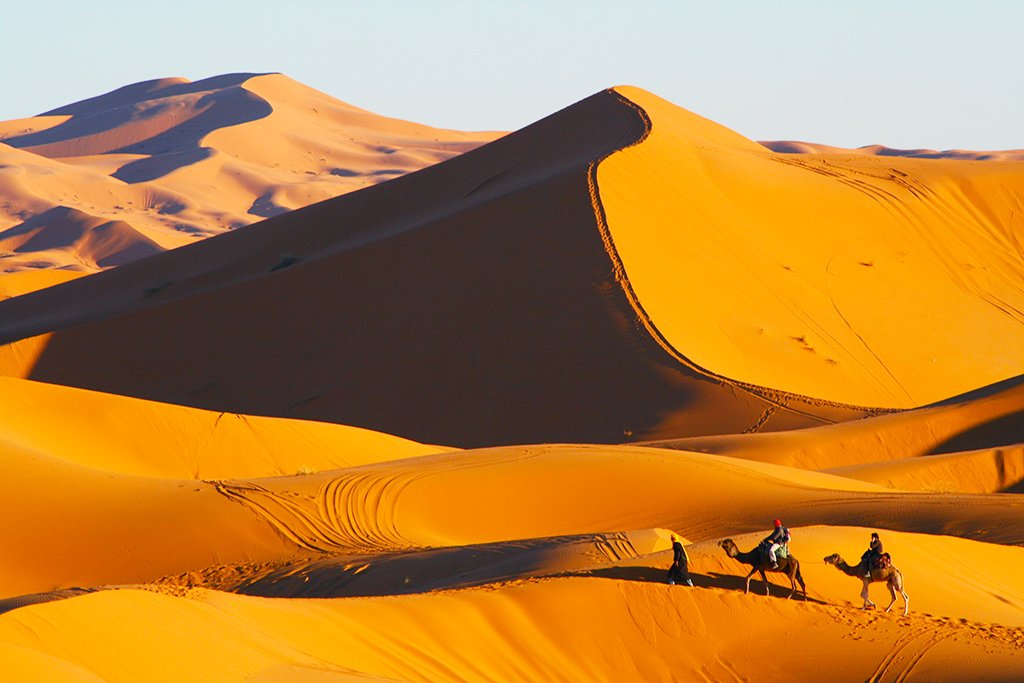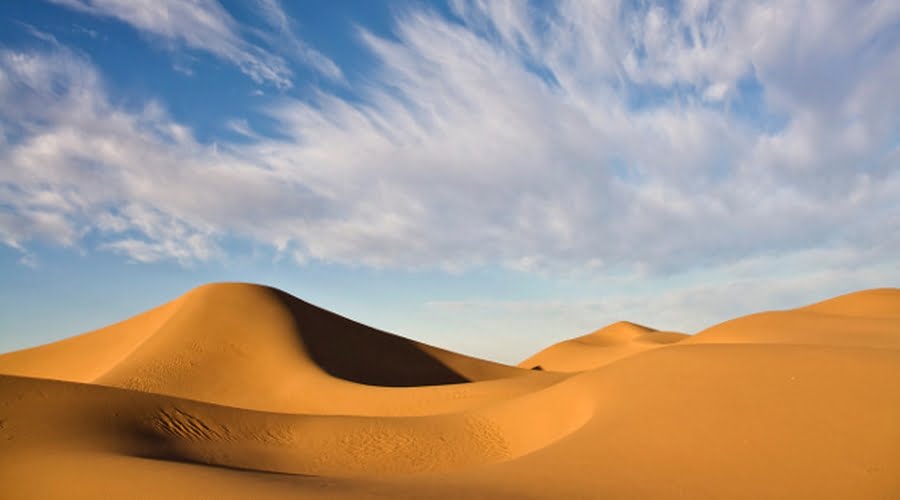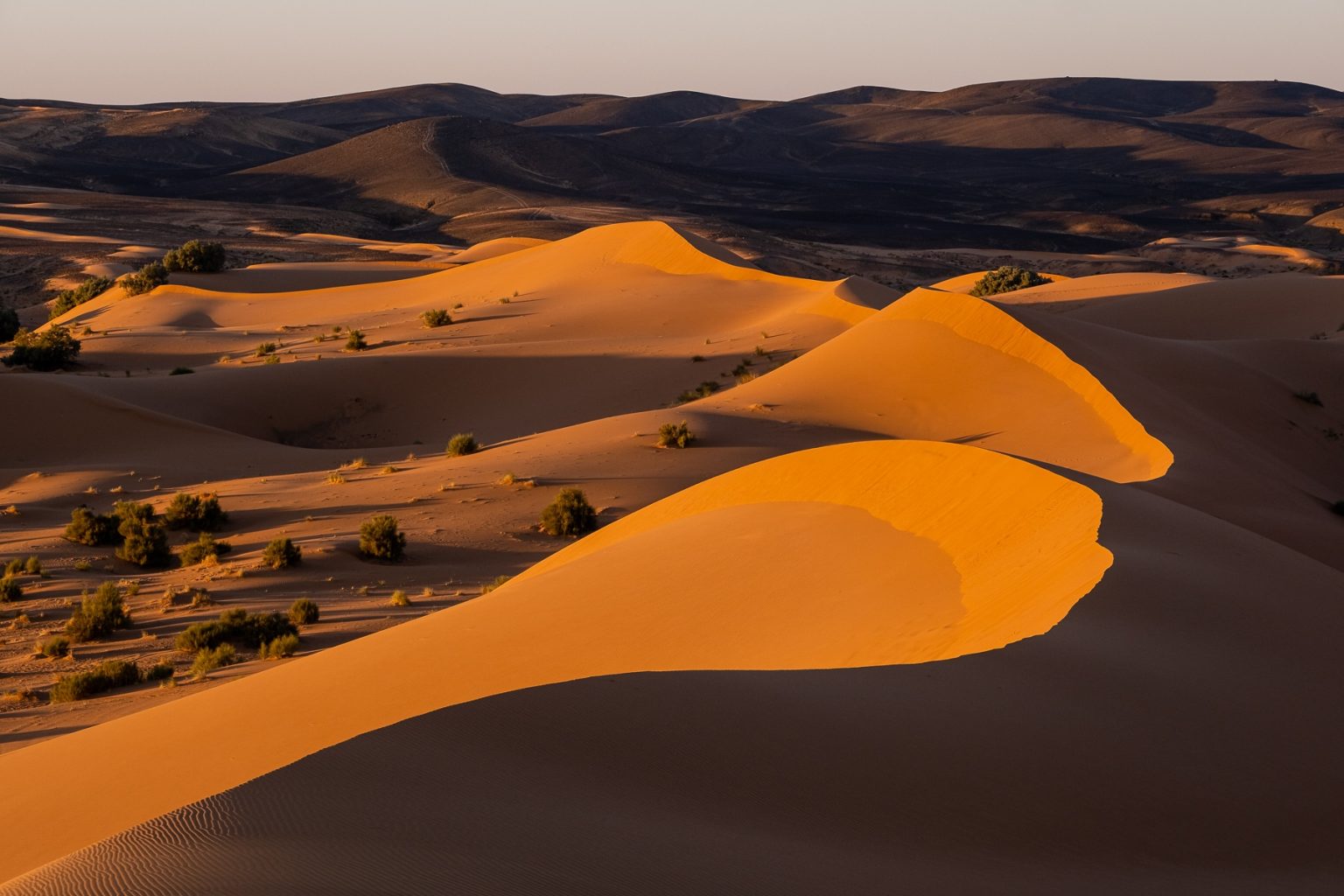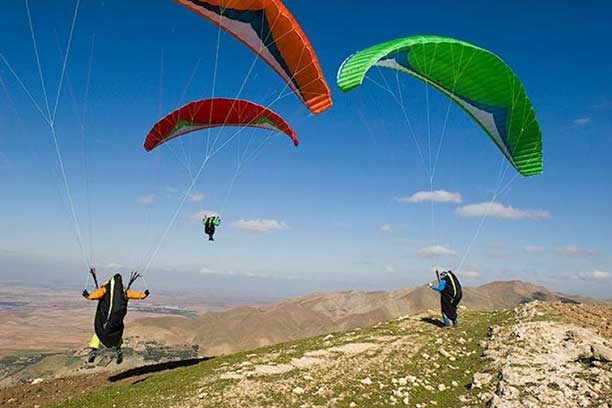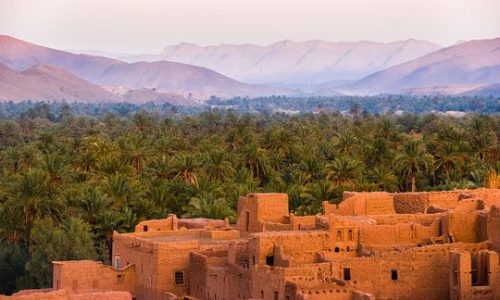
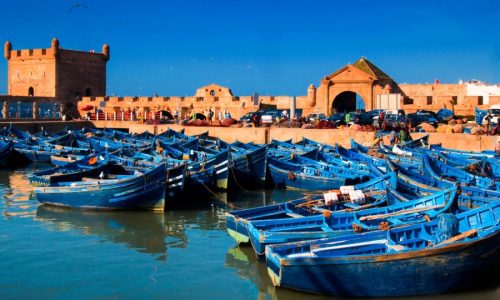
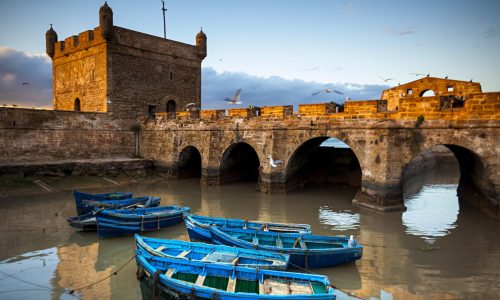
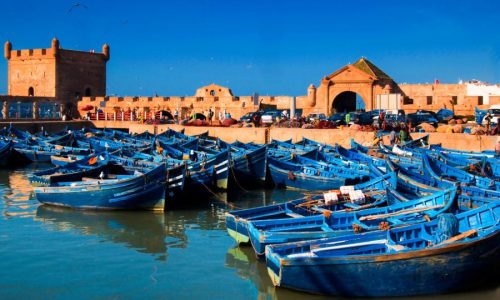
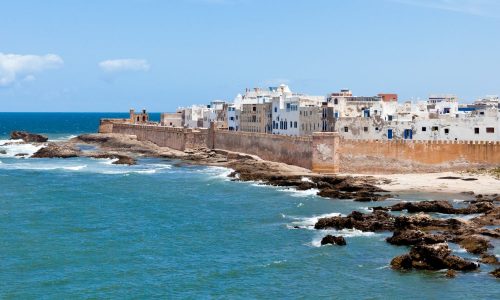
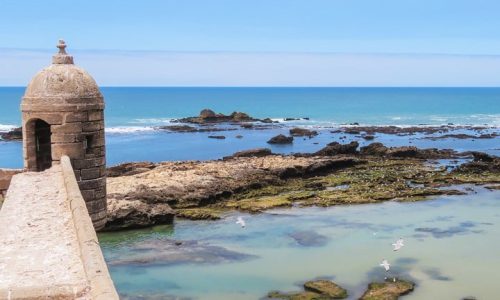
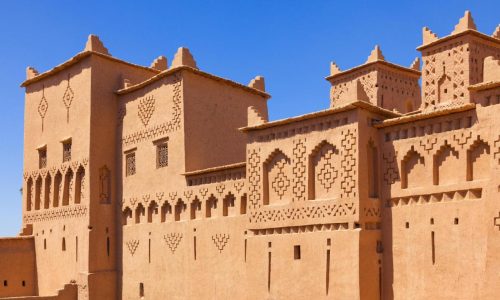
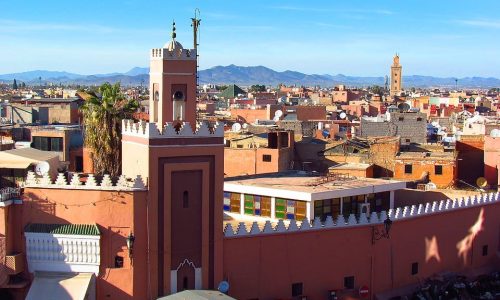
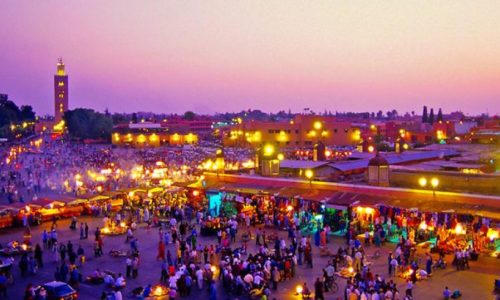
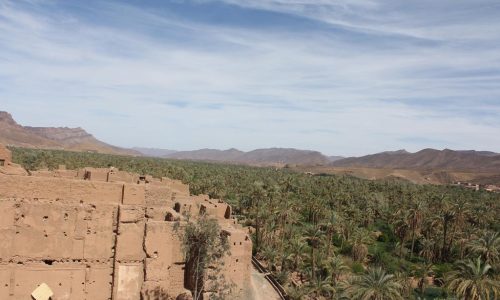
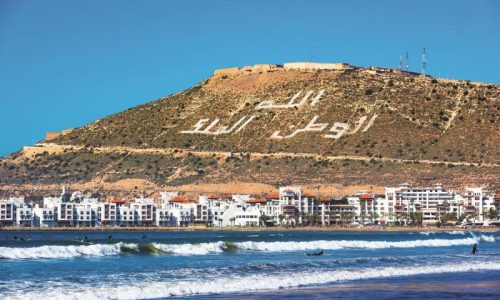
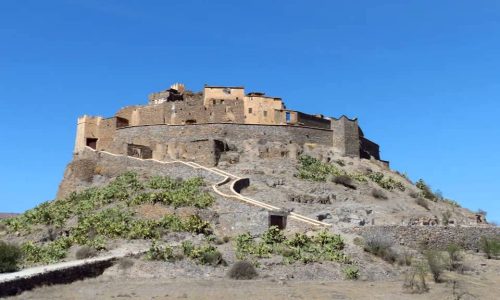
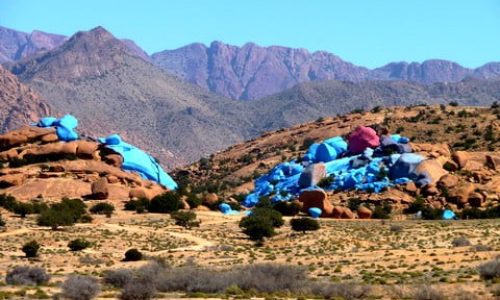
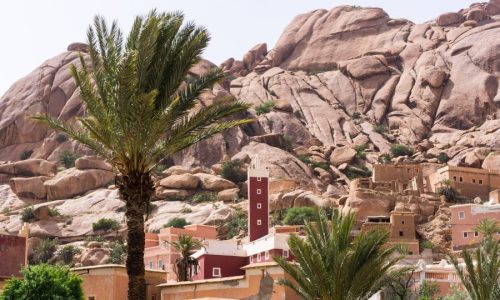
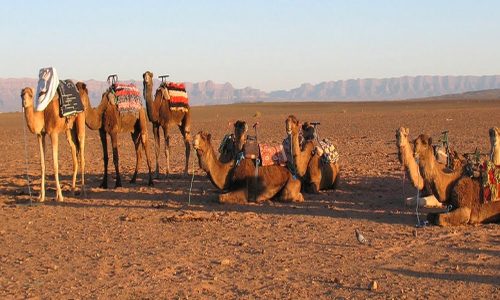
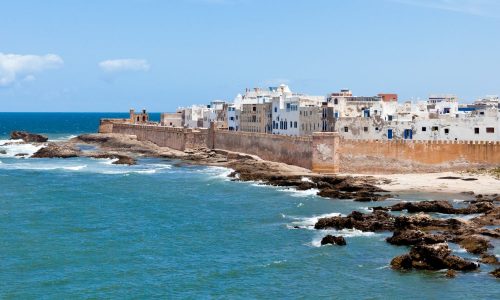
Guidance
Hotel Services
Food & Beverages
Detail about the package
The Magic of the Moroccan Desert is in their hidden places known only by the locals.The port to spectacular views of the Atlas Mountains discovers an Eight days circuit to explore this magical peace of heaven, the warm hospitality of the people and the variety of the food takes your breath away, the ancient architecture transport you to another world of purity and mystic.
Please Join us in our beautiful country and make it your own Marrakech first excursion experience.
A real favorite in the south of Morocco, in yellow and orange-red and red colors, plays a festival of harmony with one of the most beautiful adobe architecture, drowned in the luxuriant vegetation of extraordinary mountain gardens. This trip is one of our most incredible towers in the southern foothills of the Atlas Mountains, as well as a great view of the Sahara, a discovery of the Sahara. culture preserved from Berber peasants, nomads, and a remarkable bala
Program: Ben-Youssef Medersa, Marrakech museum, the souks, Jemaa-el-Fna square We will start with a visit to the Ben-Youssef Medersa and the Marrakech museum (both located in the northern part of the medina). The Medersa of Ben Youssef is a former Koranic school founded around 1570 by the Saadians and which has served for several centuries as the foster home to students coming from every direction of the Muslim world. The architecture of the Medersa is an Arab-Andalusian style and looks very similar to the Nasrid Palace of the Alhambra in Granada. and we will see the museum of Marrakech whose main interest resides more in the place itself than in the exhibitions of traditional art (Berber jewels, traditional clothes …). At the heart of the museum, there is a large and beautiful patio with three fountains and a (very) large copper fixture, and we will visit another Museum of Moroccan Arts (Dar Si-Saïd). This museum is entirely devoted to Moroccan woodwork, it houses woodwork, southern jewelry, pottery, ceramics, weaving tools and some archaeological pieces. The museum is located in the former residence of Si Said, a Moroccan minister of the 19th century. and is very well maintained with a beautiful patio, large wooden doors, and mosaics.
After that we will go to see the souks which are an attraction in Marrakech, it is possible to buy anything and everything at any price (provided to negotiate well). The souks are organized by zones and by crafts, but it is almost impossible not to get lost (except with a guide). Among the most interesting souks are the souks of the tanners and dyers, the souk Tamis (wrought iron lamps and chandeliers), the souk Smata (leather belts and babouches) and especially the souk Kassabian for spices.
Then we’ll head towards the Jemaa-el-Fna square (which is one of the most beautiful 5 places in the world.) On this famous square, there are street vendors, musicians, water carriers, snake charmers, henna tattooists, short animations for the tourists. The ideal time to discover this place is clearly at the end of the day when it comes alive. with a festive atmosphere. then we’ll return to your hotel city, including the Hassan II, one of the world’s biggest mosques and we stay here in local hotel for dinner and overnight.
Program: In the morning, the Majorelle garden, Guéliz (the modern district of Marrakech)
and the Menara, In the afternoon Bahia palace, Essadienne tombs, Koutoubia minaret, Jemaa-el- Fna square
In The Morning
After your breakfast, we go to the Majorelle garden. This botanical garden inspired by the Islamic gardens bears the name of its founder, the painter Jacques Majorelle. With its bright colors, fountains and many species of cactus, the Majorelle garden is a quiet and peaceful place where you can take beautiful pictures. The Majorelle garden is located in the new town, in the district of Guéliz. Guéliz was the first district located outside the ramparts, it was formerly reserved for the deceased. Today, it concentrates the majority of travel agencies, administrations, luxury shops and banks of Marrakech. It is connected to the Medina by the long avenue Mohammed V. It is in this district where the main station of Marrakech, from which leaves especially the trains and the buses that connect Essaouira to Marrakech, also there is handcraft assembly market where fixed prices are displayed. after we go to see the gardens of the Menara. which is a large garden (very well maintained) with olive trees, a large pool of water and on the back a pavilion, When the weather is nice, which is very often the case, it is possible to see the mountains of the
Atlas behind the pavilion. This oasis of greenery is located about 45 minutes walk from the Jemaa- el-Fna square. La Menarapark is one of the favorite places of the Marrakchis who appreciate the
quiet and romantic setting of these gardens. return to the hotel
In The Afternoon
We will begin our visit at the palace of Bahia. This palace was the home of a powerful Wizier ba Ahmed and his son after. The palace of Bahia consists of heteroclite houses, but beautifully decorated and flowered patios. The cedar ceilings and the multiple rooms give an idea of the Moroccan culture and the know-how of its craftsmen. It consists of more than 150 rooms, several Islamic patios, and gardens, as well as orange, banana, hibiscus, and jasmine. Part of the palace is occupied by the Moroccan Ministry of Cultural Affairs and therefore not visitable. after At about 1km from the palace we will go through the Mellah. we will reach the Saadian tomb Located at 2 steps from the Bab Agnaou gate in the Kasbah district, those tombs are home to the bodies of about sixty Saadians. These carefully decorated tombs are composed of two mausoleums separated by a small garden.
In The Morning
After breakfast, we will take the road to a majestic place that was full of history. Its called Telouet Kasbah, located in the heart of the country of Glaoua, on the south side of the High Atlas, at a height of 1870 m, it is dominated by an ancient Kasbah which was formerly the residence of the chief of the tribe of Glaoui. Telouet lies in a high valley where the Wadi Imarene (Imarene river) pours very beautifully. On the one hand, it is to how it is high up in the mountains, and as it is in much rain, it is built with more stones, not just mud. But the major distinction is that its interior is embellished Zelij (mosaic), plaster, carved wood, fabric panels, wrought iron. Magnificent. after, the road will be more majestic till Ksar of ait Benhaddou passing by another beautiful place called Tamdakht kasbah. The Ksar of Aït-Ben-Haddou UNESCO World Heritage site is a fortress of sand built in the middle of a field filled with almond trees. The palace covers an area of 1300 square meters and overlooks the valley of Onilla, where there is a small river known as the Ouad Lmaleh (salty river). The palace was built in the 18th century in the village of Ait Ben Haddou, and its name was taken, but some archaeologists confirm that it was built for the first time in the Almoravids’era in the 11th century. On the other hand, a number of films as (Gladiator),(Lawrence of Arabia),(Babel) and many documentaries were filmed in his palace and its surroundings, the ksar is a striking example of the architecture of southern Morocco. it is an essentially collective group of a housing. Inside the defensive walls reinforced by corner towers and pierced by a chicane door, houses cluster – some modest, others resemble small urban castles with their high towers and decorated upper sections of clay brick patterns – but there are also community buildings and areas. It is an extraordinary set of buildings that offer a complete panorama of pre-Saharan land-building techniques. The oldest constructions do not appear to be prior to the 17th century, although their structure and technique were propagated from a very early period in the valleys of southern Morocco. The site was also one of the many trading posts on the commercial road linking former Sudan to Marrakech through the Dra valley and the Tizi-n’Telouet pass.Architecturally, the residential quarters form a compact, closed and suspended group. The community areas of the ksar include a mosque, a public square, cereal threshing areas outside the ramparts, a fortification and a loft at the top of the village, a caravanserai, two cemeteries (Muslims and Jews) and the Shrine of the Saint Sidi Ali o Amer after we will visit Ouarzazate with its famous Kasbah of Taourirt which is One of the most beautiful architectural constructions of the city. This Kasbah was founded in the 17th century before being reworked by the Glaoui tribe in 1882, the Lords of the Atlas and we will take lunch there before taking the road to AGDEZ passing through the beautiful valley of Draa until reaching the riad in TAMNOUGELT
In The Morning
After breakfast, we visit the huge and abandoned ksar of Tamnougalt which is just amazing, with adobe buildings, tunnels and kasbahs and a very large Mellah (Jewish district). We will go to the mysterious places of the Kasbah. adobe biblical villages border the palm grove. It is worth visiting at least one of them – perhaps the one where the population is black, descendants of former slaves – the Harratins. After We reach the quiet town of Zagora to continue our trip to Foum Zguid a very specific village of southern Morocco, Although the dunes are behind, the immensity is always present. The tarmac swirls in front of a barren plateau and ridges burned by the sun while you barely cross another soul. Continue south and stop near the nearby waterfalls.A few hours later, we reach the city of Tata late in the afternoon. We will stop for accommodation and dinner
From Tata, we head north through a very long gorge following the Tata river and passing through the Berber village of Tiata Tagmoute, to join the road from Taliouine to Tafraoute, which you make in Ighrem. It turns southwest to Tafraoute in the Anti-Atlas. You cross the Berber cities of Azoura, Idaoua, Tiguermine and Ait Abdellah. It is not at all a main road borrowed by tourists and therefore a country preserved with a breathtaking view! You spend the night here in this small town of about five thousand inhabitants.
Located in the foothills of the Anti-Atlas at an altitude of 1200m, Tafraout (“the trough”) owes its name to a vertiginous panorama, open on a bowl-shaped valley. Dominating the fertile gorges where date palms, almond, and argan trees grow, Tafraout wraps itself in the pink granite of the mountain: at sunset, the incandescent summits offer a striking sight.
We can visit The valley of Ammeln, at the foot of Jebel Lkest, the home to most villages in the region. Along the waterfalls and torrents, you will meet beautiful wild gardens where grow figs, olive trees, date palms and almond trees. In the spring when the valley is covered with flowers the landscape is absolutely beautiful! At the gates of the valley, visit the village of Oumesnat to meet the Berber arts. Walking through the alleys lined with surprising homes, take a tour at the Ammeln Museum of Popular Arts. The village is accessible by road from Agadir, north of Tafraout. On the road to Aït Baha, towards Agadir, you will discover the Kasbah Tizrgane, a magnificent building perched at the top of an isolated rock. In the alleys of the village, you can admire the subtleties of Berber architectural art. A wonderful site in the half of the day we will be in Agadir town, a beautiful white city where we can enjoy a good seafood dish and take the road after to Essaouira through Taghazout and many other villages then we reach a very kind of mystic town, Essaouira
Essaouira is a port city along the Atlantic coast of Morocco and is among the many tourist destinations in the country, That Moroccan city has many endearing and interesting tourist qualities. Essaouira is full of cultural and historical riches. The succession of different communities passing through its lands has forged it and made it a city with multiple cultures. Romans, Portuguese, Jews, Europeans… The town’s name signifies “little picture” in Arabic, and it’s a painter’s fantasy area, with an energetic blue-and-white “medina”, enclosed by fairy-tales, sand-colored ramparts and imposing stone gates (“Babs”). Beyond the colorful port, rolling waves and a wide buttery beach stretching for miles complete the canvas.
We Start our visit to Essaouira with The fishing port where fishermen spend their time between repairing their nets and taking care of their boats. The smell of the fish fills the air and the seagulls and cats on the street regularly fall to pick up the remains. we are indulging in loads of people watching the horizon while the action of the busy fishing port is amazing. after that, we will take the short journey to the citadel proudly guarding the port of Skala below. The views are incredible and we will have fun exploring the fortified walls lined with guns and listening to the sound of waves and wind. We will also spend some time indulging in very pretty poses,after that we will explore the great calmness and feel the wall of the whole old medina walking between its streets and shopping for many special things, and we can take our dinner in a good restaurant between the old gates before taking the road back to marrakech and being in our accommodation at night
Return to hometown
